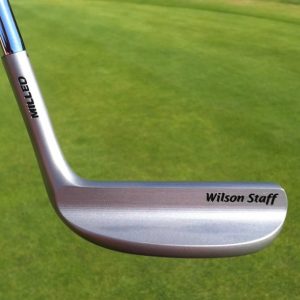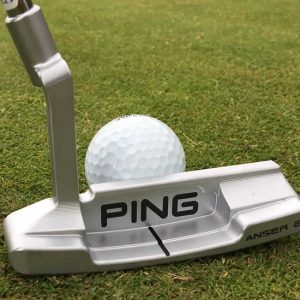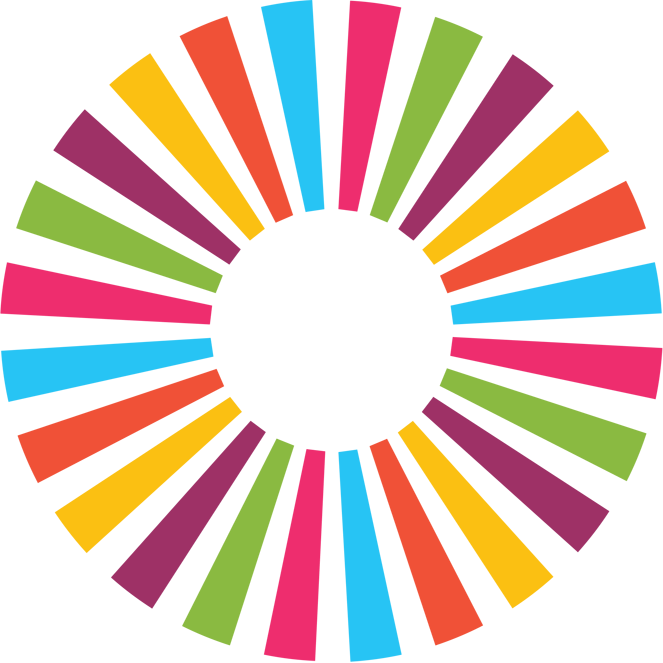Josh’s Tips & Tricks: New Putting Mat!
Intro
Hello golfers and welcome to this weeks tips & tricks. I hope you’re starting to find some good form now the season has started. This week I want to talk about putting. The reason being is that we have a lovely new putting mat and I’m thoroughly enjoying practicing on it. I have been trying out all of the putters in the shop because I’m always convinced there is a better putter out there for me. I want to talk about the type of putter you use and how a putter fitting would more than likely improve your scores.
With the average golfer using 38% of shots on putts alone (that’s well over a third of your score!) you can’t afford to ignore the importance of a proper independent putter fitting.
Historically, choosing a putter has involved walking into a shop, looking around and rolling a few putts with some putters you like the look of and picking whatever model “feels best on the day”. With some proper guidance your putting game could be changed forever.
Different types of putter
Face Balanced Putters
Face Balanced describes putters that have a face that faces upwards when you balance the shaft on your finger. This mean the centre of gravity is directly below the axis of the shaft. Face balanced putters will tend to open less on the backswing and close less on the follow-through. This is why they are recommended to players with a straight putting stroke.
Toe Balanced Putters
Toe Balanced putters are putters whose toe wants points to the ground when you balance the shaft on your finger. This means the centre of gravity is not directly below the shaft axis. Toe balanced putters are more inclined to open and close throughout the stroke and are therefore better suited to players with an arc in their putting stroke.
Not all putters are designed to be either face or balanced. Many putters fall somewhere in between, with some degree of toe hang. Golfers will find if they can match their stroke type to the correct balance of putter, they will be more consistent on the greens.

Blade Putters
The oldest and most traditional type of putter is the blade. Using a relatively small head, its classic design was immensely popular in golf from 1900 to 1990 and is still used by players today.
The simple, flat look was easy to produce in the early days of golf club production and the soft hit a blade produced was likable on many types of greens. Traditionally suited to harder, faster greens that require a more delicate touch, blade putters tend to be face balanced, meaning they will suit a player with a straight putting stroke.

Peripheral Weighted Putters
The peripheral weighted or heel-toe weighted putter was the natural evolution of the blade putter. Long and thin at address, the design is still soft and delicate. The added weight in the heel and toe portions adds more consistency and forgiveness.
Made famous by the Ping Anser design of 1966, this shape of putter revolutionized the game and is still used by many of the top players in the world. Traditionally toe-balanced, the length and design of the hosel means it can be altered to suit almost any stroke type.

Mallet Putters
Just like large driver heads, the mallet shaped putter offered the same benefits of consistency and forgiveness. With more size to play with, manufacturers often employ various alignments aids and shapes on the rear of the head to help players align to putts better.
The deep design of the putter’s head allows manufacturers to have a lower and deeper centre of gravity as well as increasing the Moment of Inertia (MOI), which reduces spins and improves performance on off-centre putts. Therefore mallet putters are usually face balanced and suited to straight strokes.

Shaft Lengths
Finding the right length of putter for your height and stroke is key to producing quality strikes and consistent putting. The wrong length of putter can lead to bad posture and inconsistent contact.
Putter length is measured from the sole of the putter below the hosel to the top of the shaft. The rules state that a putter shaft must be at least 18 inches long, but other than that there is no maximum limit. Professionals and amateurs alike have tested with everything from small putter, to chest putters, to putters that rest on your chin and to the most common oddly sized one in today’s game, the belly putter.
Traditional Length (32-36 inches)
Still the most common length of putter although not as dominant as it has been, the standard 33-36 inch putter helps create a pendulum swing in your putting stroke. Acting as an extension of your arms, it should be the perfect height to allow you arms to simply hang down and grip. This enhances a player’s ability to use a pendulum-like stroke to give the putt as true a roll as possible.
Putter Grips
Unlike all other clubs in your bag, many different grip options are available to your putter. Under the rules of the game, the putter is the only grip that can have a flat edge. Commonly this flat edge is placed facing away from your body, to help guide you to exactly where your thumbs should be on your grip. Manufacturers have developed a host of materials available for putters.
Different sizes or diameters are also offered to improve your ability on the greens. A thicker grip helps take your hands and wrists out of the stroke, which is what golfers seek to do to improve their putting. The drawback of a thicker grip is that you won’t get the same level of feel of a standard grip as the vibrations coming up the shaft will be dampened down. So if you are a feel putter or have a stroke that involves a lot of wrist action, then you are more suited to a standard grip.
Video
Summary
When choosing a putter there is a lot more to it than just liking the look of it. Having some guidance when choosing a new putter is highly advised. If you’re in the market for a new putter or just a putter lesson with yours you know where I am. Come on down and give our new putting mat a go!
The greens on courses are now improving after some rain and warm weather. They should be getting quicker and smoother meaning more putts going in! If they’re not and you would like some help then BOOK A LESSON HERE.
Looking forward to seeing you all soon on our new putting mat!
Cheers,
Josh

